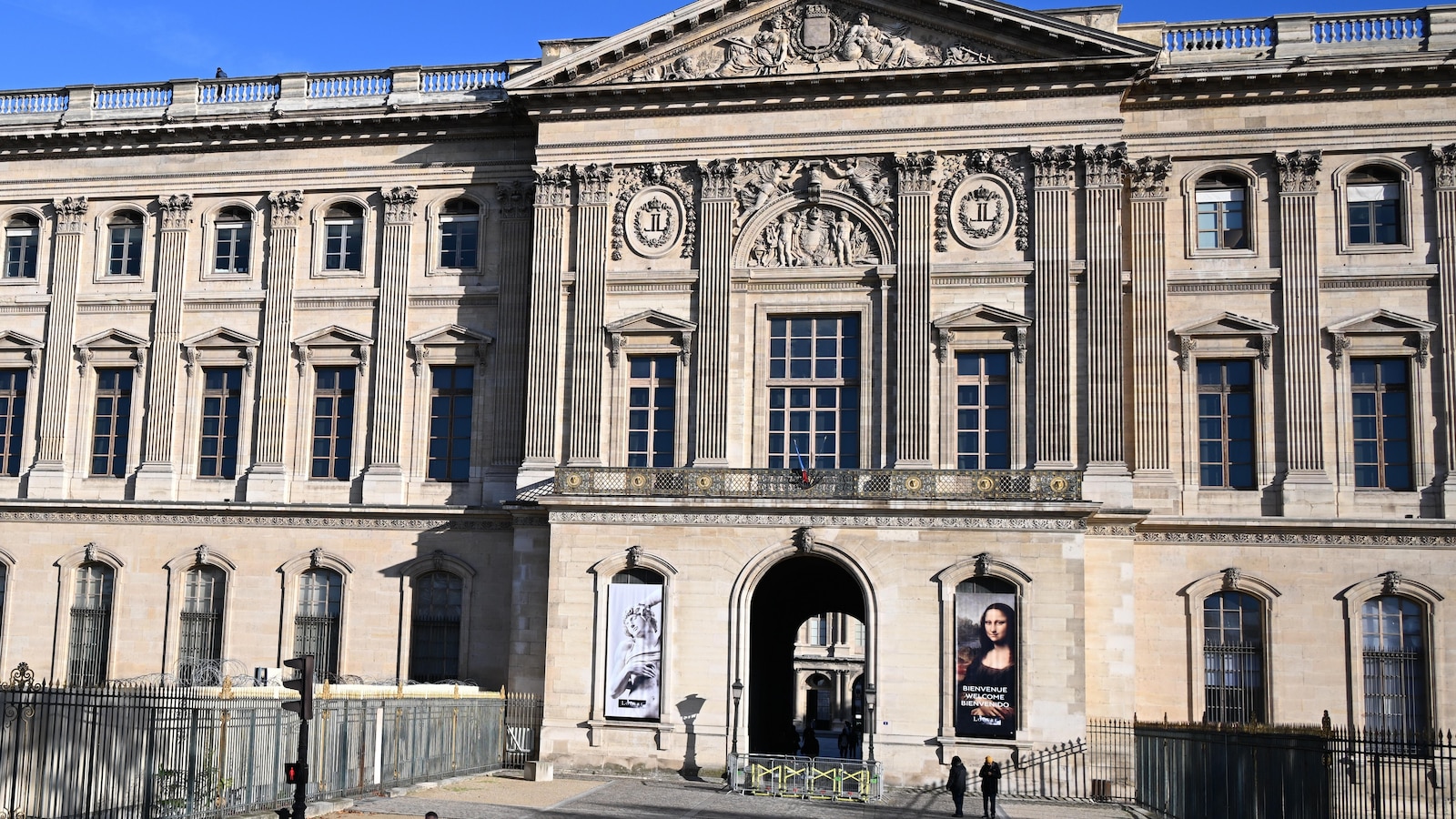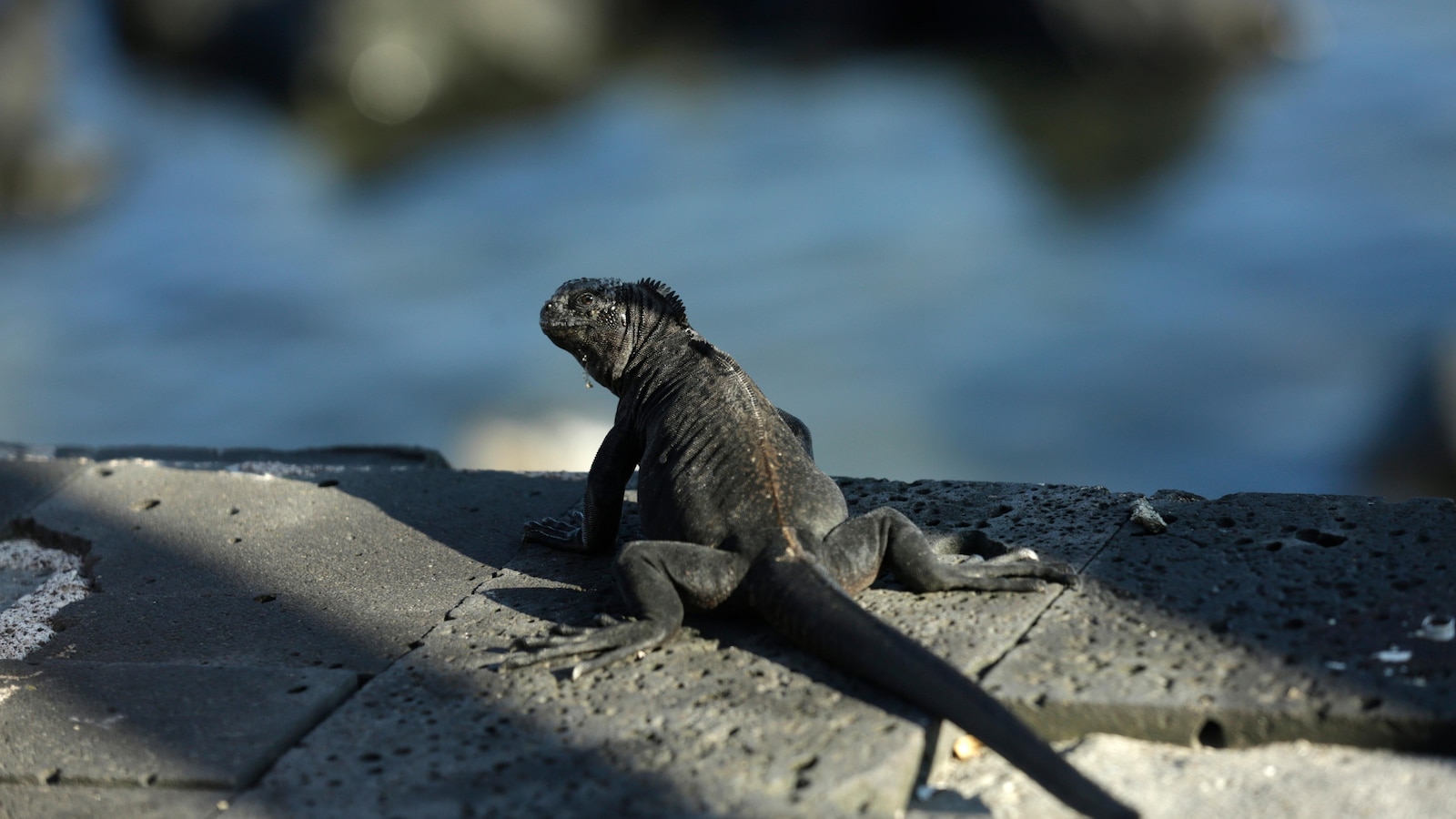New study shows how Amazon trees use recent rainfall in the dry season and support the production of their own rain – The Conversation

Report on the Amazon Rainforest’s Hydrological Cycle and its Alignment with Sustainable Development Goals
1.0 Introduction: The Amazon’s Critical Role in Global Ecosystems
The Amazon rainforest, the world’s largest tropical forest, is a cornerstone for achieving several Sustainable Development Goals (SDGs). Its unparalleled biodiversity directly supports SDG 15 (Life on Land), while its function as a climate regulator is vital for SDG 13 (Climate Action). A key ecosystem service is the generation of “flying rivers”—atmospheric vapor streams that are crucial for regional water cycles. This report examines recent research on the forest’s water recycling mechanism, highlighting its profound implications for water security, food systems, and climate stability, thereby linking its preservation to SDG 6 (Clean Water and Sanitation) and SDG 2 (Zero Hunger).
2.0 Research Findings: Water Recycling Mechanisms in the Tapajós National Forest
A 2021 study conducted in the Tapajós National Forest, Brazil, investigated the source of water for transpiration during the dry season, a critical period for the forest’s survival. The research sought to understand how the forest sustains the moisture-recycling process that generates up to 70% of its rainfall during these months.
2.1 Key Findings
- Shallow Soil as Primary Water Source: Contrary to expectations, the majority of water used by trees for transpiration during the dry season was sourced from the top 50 centimeters of soil, not from deep groundwater reserves.
- Rapid Water Recycling: The water utilized was identified as recent, dry-season rainfall. This indicates a rapid and highly efficient recycling system where the forest re-uses scarce water almost immediately, sustaining the atmospheric moisture required for new rainfall.
2.2 The Role of Biodiversity in Ecosystem Resilience (SDG 15)
The study revealed that not all tree species contribute equally to this vital process. The functional trait of “embolism resistance”—a tree’s ability to transport water under drought stress—was identified as a key factor. This highlights the importance of biodiversity for ecosystem resilience, a core target of SDG 15.
- High-Resistance Species: Trees with high embolism resistance can continue to draw water from drying shallow soil, playing a central role in returning dry-season rain to the atmosphere.
- Low-Resistance Species: Less resistant, drought-sensitive species rely more on deeper water sources or other strategies, contributing less to the rapid recycling of recent rainfall.
This evidence demonstrates that specific biological traits, supported by a diverse forest composition, are fundamental to maintaining the hydrological cycle that underpins the entire Amazonian ecosystem.
3.0 Threats to the Water Cycle and Implications for Sustainable Development
Deforestation and human encroachment pose a direct threat to the delicate hydrological balance of the Amazon. The loss of forest cover, particularly of embolism-resistant trees, weakens the water recycling system, leading to cascading negative impacts on multiple SDGs.
3.1 Impact on Water and Food Security (SDG 6 & SDG 2)
- A disrupted water cycle leads to reduced rainfall, threatening regional water security and directly undermining SDG 6 (Clean Water and Sanitation).
- The “flying rivers” transport moisture to major agricultural regions in southern and central Brazil. Reduced rainfall threatens crop yields, jeopardizing national food supplies and impacting progress toward SDG 2 (Zero Hunger).
3.2 Impact on Climate, Biodiversity, and Communities (SDG 13, SDG 15, SDG 1)
- The collapse of the hydrological cycle threatens the vast biodiversity of the Amazon, representing a significant setback for SDG 15 (Life on Land).
- As a critical climate regulator, the forest’s decline compromises efforts related to SDG 13 (Climate Action).
- Local and Indigenous communities, who are the primary stewards of the forest, are the most immediately affected by water scarcity and ecosystem degradation, exacerbating poverty and inequality and hindering SDG 1 (No Poverty).
4.0 Conclusion and Policy Recommendations
The research confirms that the Amazon’s ability to generate its own rain during the dry season is a biodiversity-driven process. The rapid recycling of water by embolism-resistant trees is a critical mechanism that sustains the forest and provides water for regions far beyond its borders. The interdependence is clear: without the forest, there is no rain, and without rain, there is no forest.
In the context of the upcoming COP30 Climate Change Conference, these findings underscore the urgency of policy action. Protecting the Amazon is not merely an environmental issue; it is a fundamental requirement for achieving a sustainable future across multiple domains.
- Strengthen Forest Protection Policies: Halt and reverse deforestation to preserve the integrity of the Amazon’s hydrological cycle.
- Integrate Ecosystem Services into Economic Planning: Recognize the economic and social value of the Amazon’s water-generating capacity to support agriculture and water security, aligning with SDG 8 (Decent Work and Economic Growth).
- Promote International Cooperation (SDG 17): Leverage global platforms like COP30 to secure commitments and partnerships for the conservation of critical ecosystems like the Amazon rainforest.
Analysis of Sustainable Development Goals in the Article
1. Which SDGs are addressed or connected to the issues highlighted in the article?
-
SDG 2: Zero Hunger
- The article connects the health of the Amazon rainforest to food security. It states that a disrupted water cycle threatens “food supplies” and that the “flying rivers” support “agriculture in major grain-producing regions.” The text explicitly warns that “Less forest means less rain, threatening crops, food security and the economy.”
-
SDG 6: Clean Water and Sanitation
- The central theme of the article is the Amazon’s role in the water cycle. It discusses “flying rivers,” rainfall generation, and moisture recycling. The threat of deforestation leads to a “disrupted water cycle,” which impacts “water security,” directly linking the forest’s health to the availability of freshwater resources.
-
SDG 13: Climate Action
- The article discusses the Amazon’s role in regulating regional climate through its water cycle. The potential collapse of this “hydrological cycle” is a significant climate-related threat. The mention of the upcoming “2025 United Nations Climate Change Conference, COP30,” and the call for policymakers to prioritize preserving rainforests, firmly connects the issue to global climate action and policy.
-
SDG 15: Life on Land
- This is the most directly addressed goal. The article is entirely focused on the Amazon, the “world’s largest tropical forest,” its “unmatched biodiversity,” and the threats it faces from “human encroachment and deforestation.” It emphasizes the need to preserve this terrestrial ecosystem and warns that a disrupted water cycle “threatens biodiversity and natural habitats.”
2. What specific targets under those SDGs can be identified based on the article’s content?
-
Under SDG 2 (Zero Hunger):
- Target 2.4: By 2030, ensure sustainable food production systems and implement resilient agricultural practices that increase productivity and production, that help maintain ecosystems, that strengthen capacity for adaptation to climate change, extreme weather, drought, flooding and other disasters and that progressively improve land and soil quality. The article’s discussion on how deforestation threatens crops and agriculture in Brazil’s grain-producing regions directly relates to the need for resilient agricultural practices that depend on the ecosystem services provided by the Amazon.
-
Under SDG 6 (Clean Water and Sanitation):
- Target 6.6: By 2020, protect and restore water-related ecosystems, including mountains, forests, wetlands, rivers, aquifers and lakes. The article’s core message is about the critical function of the Amazon forest as a water-related ecosystem that generates rain and sustains the hydrological cycle. The call to prevent its collapse is a direct call to protect this ecosystem.
-
Under SDG 13 (Climate Action):
- Target 13.2: Integrate climate change measures into national policies, strategies and planning. The article urges that “preserving rainforests like the Amazon must be among the issues at the top of the agenda” at COP30, highlighting the need to integrate forest protection into national and international climate policies.
-
Under SDG 15 (Life on Land):
- Target 15.1: By 2020, ensure the conservation, restoration and sustainable use of terrestrial and inland freshwater ecosystems and their services, in particular forests, in line with obligations under international agreements. The entire article is an argument for the conservation of the Amazon forest and its critical ecosystem service of water recycling.
- Target 15.2: By 2020, promote the implementation of sustainable management of all types of forests, halt deforestation, restore degraded forests and substantially increase afforestation and reforestation globally. The article explicitly identifies “deforestation” as the primary threat and discusses how “forest loss weakens the very system that sustains rainfall.”
- Target 15.5: Take urgent and significant action to reduce the degradation of natural habitats, halt the loss of biodiversity and, by 2020, protect and prevent the extinction of threatened species. The article mentions the Amazon’s “unmatched biodiversity” and how the disruption of the water cycle “threatens biodiversity and natural habitats.”
3. Are there any indicators mentioned or implied in the article that can be used to measure progress towards the identified targets?
-
Rate of Deforestation:
- The article explicitly states that “Rainforests are facing significant threats of human encroachment and deforestation” and that “Recent policy changes in Brazil risk accelerating deforestation.” This directly implies that the rate of forest loss is a key indicator for measuring progress on SDG 15 (Targets 15.1 and 15.2).
-
Rainfall Volume and Patterns:
- The article’s central argument is that “Less forest means less rain.” It notes that “up to 70 per cent of rainfall in the Amazon comes from this moisture-recycling generated by the forest itself.” Therefore, changes in rainfall volume, particularly during the dry season, can serve as an indicator of the health of the forest’s hydrological cycle, relevant to SDG 6 and SDG 13.
-
Agricultural Productivity:
- The article warns that reduced rainfall from deforestation threatens “crops, food security and the economy” by impacting “agriculture in major grain-producing regions.” This implies that the productivity and yields of these agricultural regions can be used as an indicator to measure the cascading impacts of deforestation, relevant to SDG 2 (Target 2.4).
-
Status of Biodiversity:
- The article highlights the Amazon as home to “unmatched biodiversity” and notes that a disrupted water cycle “threatens biodiversity and natural habitats.” This implies that the status of species and the health of habitats within the Amazon are indicators for progress on SDG 15 (Target 15.5).
4. Summary Table of SDGs, Targets, and Indicators
| SDGs | Targets | Indicators |
|---|---|---|
| SDG 2: Zero Hunger | 2.4: Ensure sustainable food production systems and resilient agricultural practices. | Implied: Agricultural productivity/yields in regions dependent on Amazonian moisture. |
| SDG 6: Clean Water and Sanitation | 6.6: Protect and restore water-related ecosystems, including forests. | Implied: Volume and patterns of rainfall during the dry season; overall water security status. |
| SDG 13: Climate Action | 13.2: Integrate climate change measures into national policies, strategies and planning. | Implied: Integration of forest protection policies (e.g., halting deforestation) into national climate agendas like those presented at COP30. |
| SDG 15: Life on Land | 15.1: Conserve and sustainably use terrestrial and inland freshwater ecosystems and their services, particularly forests. 15.2: Halt deforestation and restore degraded forests. 15.5: Halt the loss of biodiversity. |
Mentioned/Implied: Rate of deforestation; change in forest area; status of biodiversity and natural habitats. |
Source: theconversation.com

What is Your Reaction?
 Like
0
Like
0
 Dislike
0
Dislike
0
 Love
0
Love
0
 Funny
0
Funny
0
 Angry
0
Angry
0
 Sad
0
Sad
0
 Wow
0
Wow
0


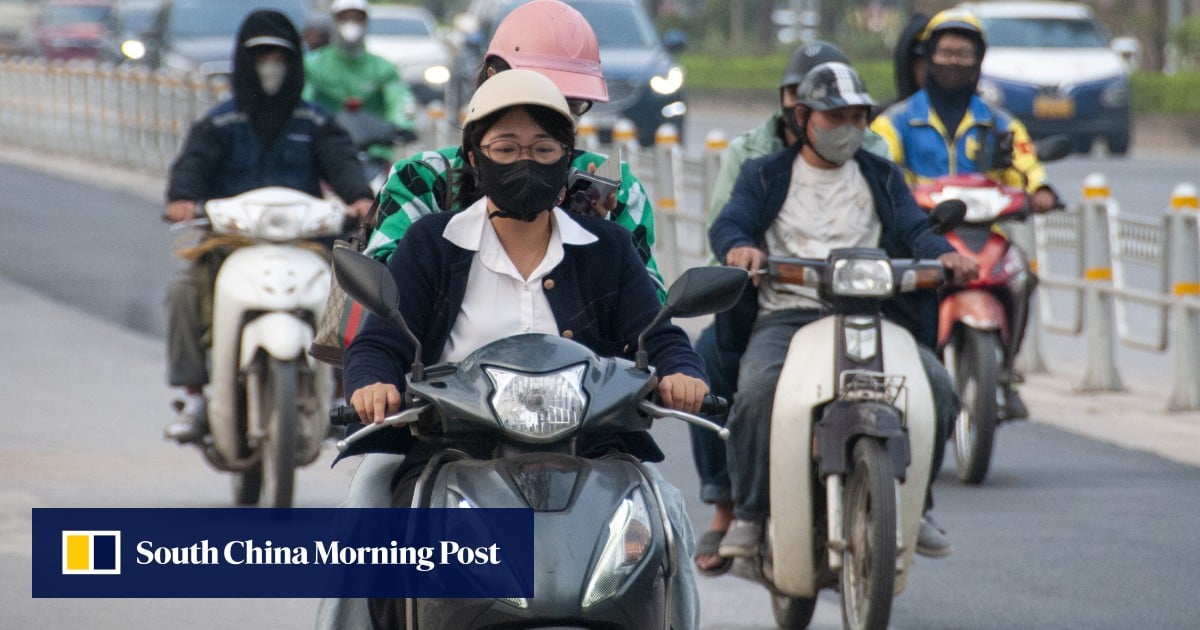





















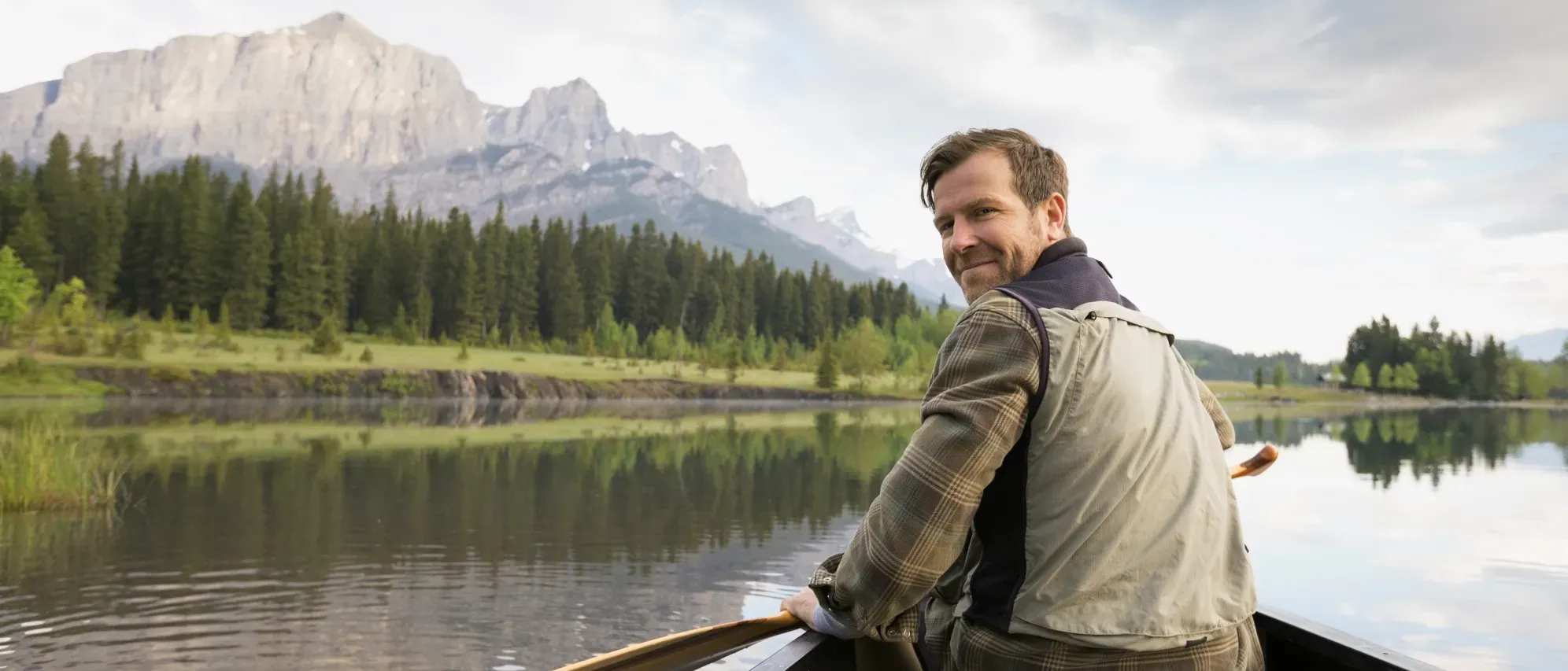
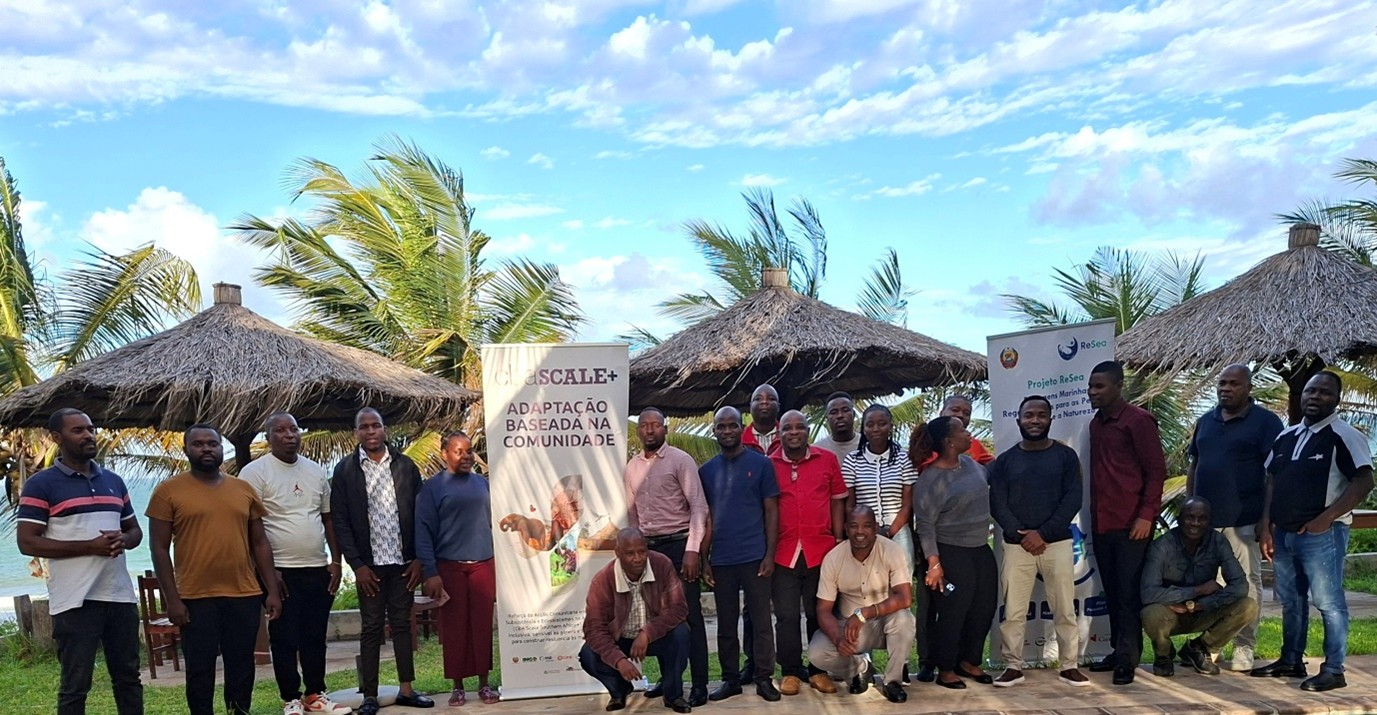













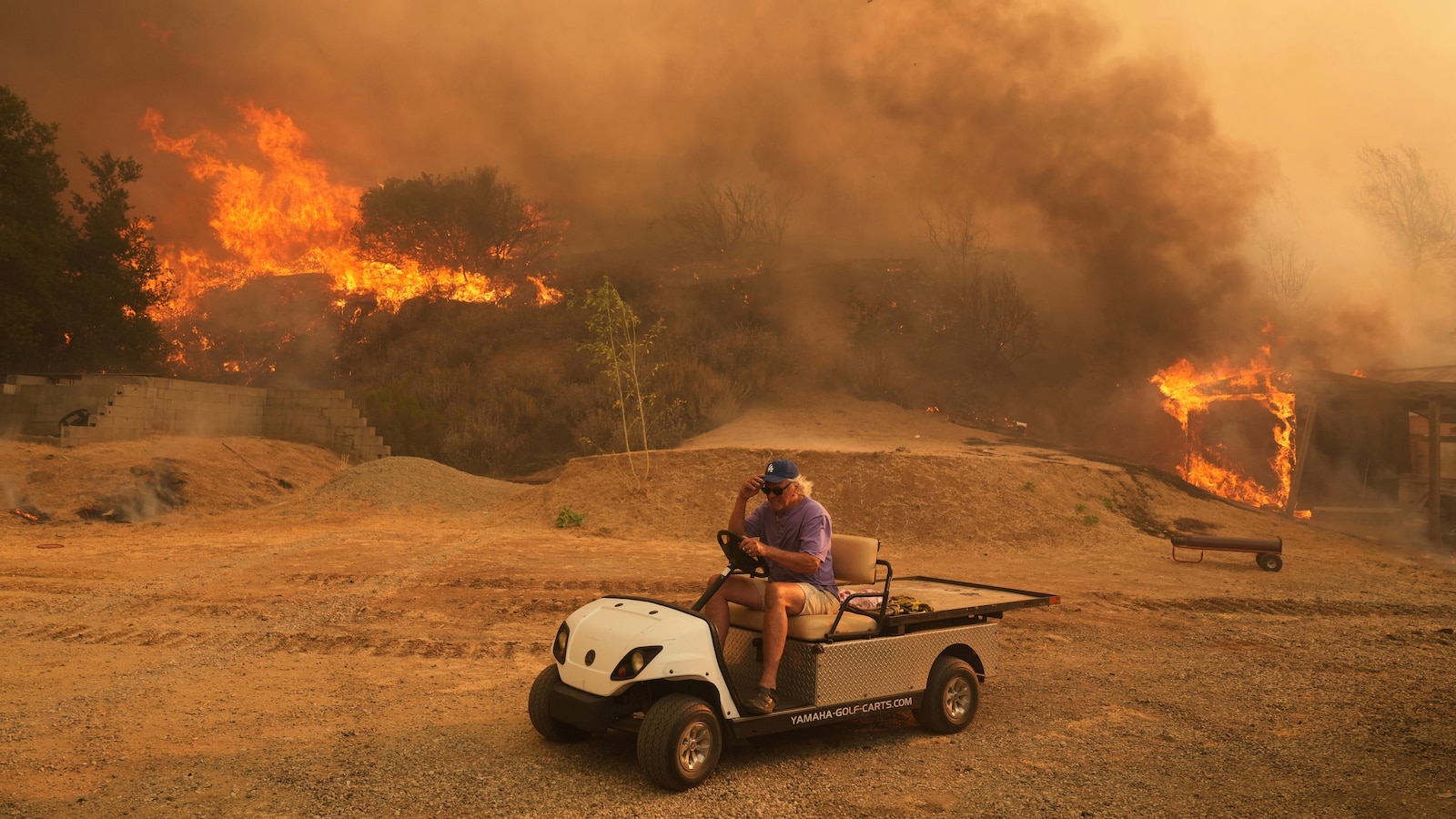








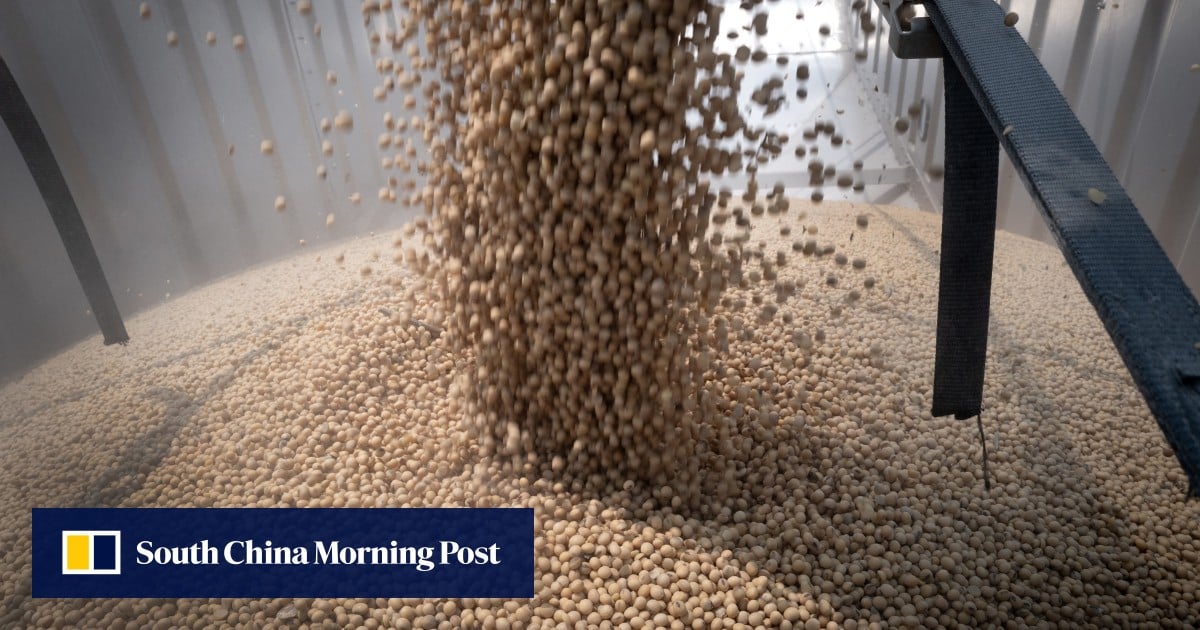



.jpg.webp?itok=0ZsAnae9#)






